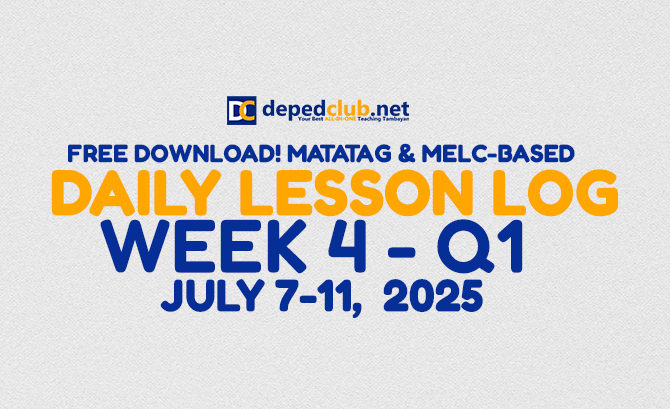Conducting home visitation
Conducting home visitation could be our final resort in communicating concerns like learners’ absenteeism, classroom performance and personal matters such as relationships, health issues, and family problems which affect learners’ behavior and performance.
For safety concerns, we may request assistance from someone we trust who is familiar with the place or from the local officials.
How to do it
Do's
- Focus on informing the parents regarding the learner’s concern.
- Determine which stakeholder’s feedback is relevant, and which is not essential.
- Communicate the most important concern of the learner.
- Make the conversation as comfortable and friendly as possible.
- Discuss information which is not validated or confirmed.
- Underestimate the information or opinions given by stakeholders.
- Exaggerate the extent of the learner’s concern.
- Reveal details of location, address and other similar information of the stakeholders.
In most cases, although we may be prompt and clear in communicating learners’ needs, progress and achievements to stakeholders, we could be neglecting another important part —documentation. In this illustration of practice, we will present suggested tools and how we can utilize them. Samples of accomplished templates are also provided.
Template No. 1: Learner’s Needs, Progress and Achievement Cardex
The template consists of the following parts: Date Reported. This indicates the date when a behavioral incident was observed or an academic comment is recorded.
- Report Intended for. This determines the category of the reported observation which can be need, progress or achievement.
- Details of Concern. This presents a brief description of the report.
- Action to be Taken. This indicates the appropriately chosen mode of communication which can be dialogue, consultation, home visitation or assembly/ forum.
- Remarks of Action Taken. This contains the status of reported observation or incident. It also serves as our general evaluation about the concern. We may also write the persons we communicated with.
- Remarks. This provides additional space for important notes.
Template No. 2: Parent/Guardian Communication Cardex
The template consists of the following parts:
- Date Reported. This indicates the date of encounter with the parents.
- Type of encounter. This shows the mode of communication used during the encounter.
- Details of concern. This provides a brief description of the reason why the encounter has to be done.
- Agreed Resolution. This specifies a brief description of the agreed resolution between the parent and the teacher regarding the details of concern.
- Signature over Printed Name. This column provides space for the parent and teacher to sign. This confirms that there was, indeed, an agreement between both parties.
- Remarks. This provides additional space for important notes.
- Affix your school header on the template.
- During the first homeroom or parents’ general assembly, distribute the cardex for parents to fill out; then retrieve the cardex for filing.
- State the purpose of the cardex to parents/guardians clearly.
- Make a portfolio folder for the parents/guardians’ cardex and a separate folder for learners’ cardex.
- Assign synchronized reference numbers for both learner and parents/guardians cardex.
- Record student’s details of concern immediately upon receiving the report from other teachers or from your own observation.
- Follow up details of concern regularly, periodically, or as the situation occurs.








